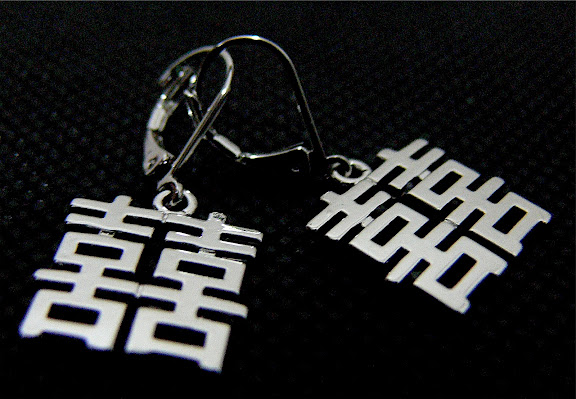Introduction to Chinese Seal Carving (2)
Chinese royal seal has a long history. In the late part of the Shang Dynasty (Chinese: 商朝), bronze royal seal had already appeared. The seals were extensively used as a token in the daily life during the Spring and Autumn Period (Chinese: 春秋時代) and the Warring States Period. With the development of casting technique, the craftsmanship of bronze seals was greatly improved. Moreover, the specialized skills brought about exquisite composition of the inscription, which comprehensively reflected then cultural background. The ancient royal seals with the distinctive regionalism, made in the Warring States Period, were the seals with free and natural inscription and diversified knobs of the seals. It was envisaged that more attention was paid to the sense of beauty of the seals during that period.
 Seal carving reached a new peak during the Qin and Han Dynasties (Chinese: 秦漢). The unified and comprehensive system of official seal carving came into being as a result of the promulgation of official seal decree. Rigorous and elegant materials, knobs and inscriptions were all traits of then seals. During this period, the success of the seals of different kinds settled the basic principles of Chinese seal carving. The Sui and Tang Dynasties (Chinese: 陏唐) was another innovation phase of Chinese seal carving. New standard of seal cutting was established. The carving of personal seals was very brisk in the Song and Yuan Dynasties (Chinese: 宋元), which prepared the ground for the development of seal carving in Ming and Qing Dynasties.
Seal carving reached a new peak during the Qin and Han Dynasties (Chinese: 秦漢). The unified and comprehensive system of official seal carving came into being as a result of the promulgation of official seal decree. Rigorous and elegant materials, knobs and inscriptions were all traits of then seals. During this period, the success of the seals of different kinds settled the basic principles of Chinese seal carving. The Sui and Tang Dynasties (Chinese: 陏唐) was another innovation phase of Chinese seal carving. New standard of seal cutting was established. The carving of personal seals was very brisk in the Song and Yuan Dynasties (Chinese: 宋元), which prepared the ground for the development of seal carving in Ming and Qing Dynasties.
Page 1, 3
For ordering a Chinese seal, please contact us at arranke28@gmail.com.
References:
1. Sun Weizu 孫慰祖, Seal 印章. Shanghai People's Fine Arts Publishing House 上海人民美術出版社: Shanghai, 1998. ISBN: 7532218937
2. ThinkQuest Internet Challenge: Chinese Seal Engarving
 Seal carving reached a new peak during the Qin and Han Dynasties (Chinese: 秦漢). The unified and comprehensive system of official seal carving came into being as a result of the promulgation of official seal decree. Rigorous and elegant materials, knobs and inscriptions were all traits of then seals. During this period, the success of the seals of different kinds settled the basic principles of Chinese seal carving. The Sui and Tang Dynasties (Chinese: 陏唐) was another innovation phase of Chinese seal carving. New standard of seal cutting was established. The carving of personal seals was very brisk in the Song and Yuan Dynasties (Chinese: 宋元), which prepared the ground for the development of seal carving in Ming and Qing Dynasties.
Seal carving reached a new peak during the Qin and Han Dynasties (Chinese: 秦漢). The unified and comprehensive system of official seal carving came into being as a result of the promulgation of official seal decree. Rigorous and elegant materials, knobs and inscriptions were all traits of then seals. During this period, the success of the seals of different kinds settled the basic principles of Chinese seal carving. The Sui and Tang Dynasties (Chinese: 陏唐) was another innovation phase of Chinese seal carving. New standard of seal cutting was established. The carving of personal seals was very brisk in the Song and Yuan Dynasties (Chinese: 宋元), which prepared the ground for the development of seal carving in Ming and Qing Dynasties.Page 1, 3
For ordering a Chinese seal, please contact us at arranke28@gmail.com.
References:
1. Sun Weizu 孫慰祖, Seal 印章. Shanghai People's Fine Arts Publishing House 上海人民美術出版社: Shanghai, 1998. ISBN: 7532218937
2. ThinkQuest Internet Challenge: Chinese Seal Engarving


Comments